Gardens of Peace
- 1world war
- 5peace gardens
- 1message of peace
Gardens of Peace
A different way to pay homage to the Great War dead
During the Great War, the Hauts-de-France and the Somme were the scene of deadly battlefields, where thousands of soldiers died. In order to encourage remembrance of this time, Arts & Jardins - Hauts-de-France et la Mission du centenaire de la Première Guerre mondiale joined together in 2018 to make Gardens of Peace. These peace gardens are designed by teams of landscape gardeners from the countries involved in the fighting in the First World War, and can be found close to Remembrance sites: following the destruction, nature reclaimed her place.
The Somme is home to five of these Gardens of Peace.
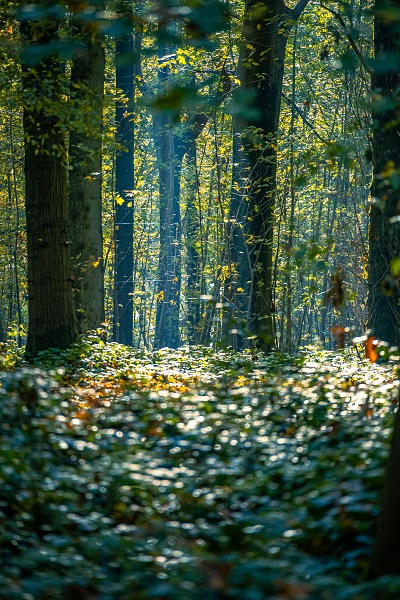 ©Somme Tourisme - Laurent Desbois/Lwood
©Somme Tourisme - Laurent Desbois/Lwood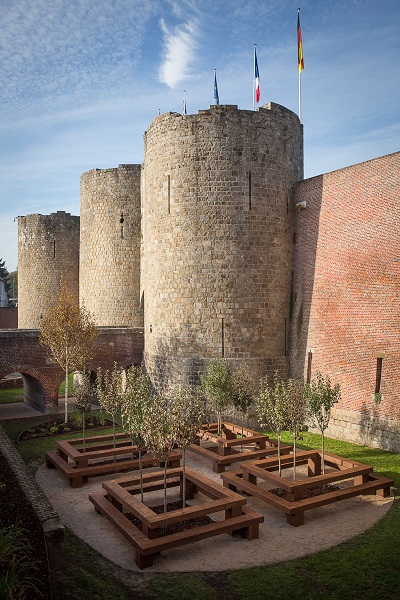 ©Yann Monel
©Yann Monel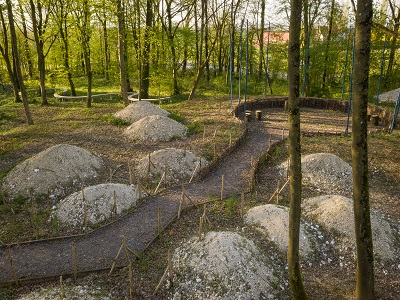 ©Yann Monel
©Yann Monel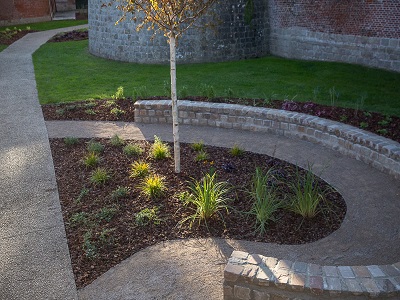 ©Yann Monel
©Yann Monel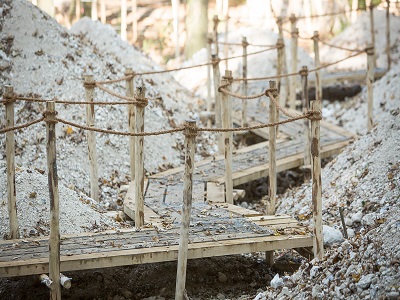 ©Yann Monel
©Yann Monel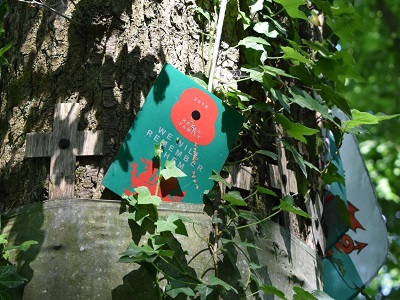 © Somme Tourisme-LM
© Somme Tourisme-LMGardens of Peace in the Somme
Thiepval – Trw y goetir yn ysgafn (Through a woodland gently): This Welsh garden (designed by Dan Bowyer & Andrew Fisher Tomlin) is a tribute to the Welsh soldiers lost in the 1916 Battle of the Somme. It includes a train of Welsh oak and Portland stone, 33 metres long, symbolising the link between the past and the future. The garden features sycamores, hornbeams and primulas, Wales’s favourite woodland flower. This Garden of Peace is close to the Thiepval memorial.
Thiepval - Pax Dryades: This English Garden of Peace (designed by Helen and James Basson) was inspired by the destruction caused by the war: heaps of chalk represent inverted shell holes, the wooden walkway along which the visitor is invited to pass symbolises the trenches. Beech, viburnum, dogwood, hawthorn, will, over the years cover over the scars of war.
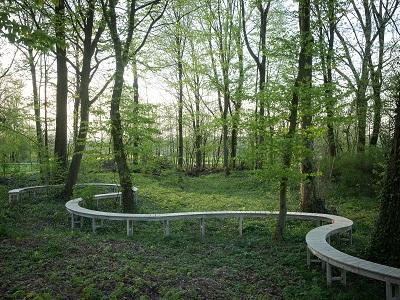 ©Yann Monel
©Yann Monel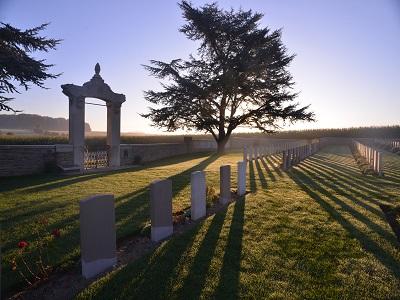 @Nicolas Bryant
@Nicolas Bryant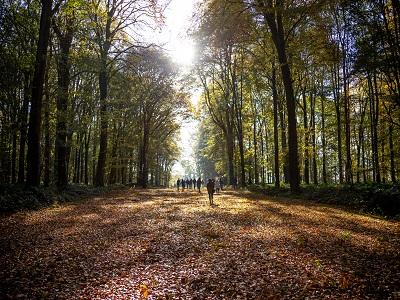 ©Somme Tourisme - Laurent Desbois/Lwood
©Somme Tourisme - Laurent Desbois/Lwood ©Somme Tourisme - Laurent Desbois/Lwood
©Somme Tourisme - Laurent Desbois/LwoodPéronne – The garden of Eutychia: (designed by Peter Donegan & Ian Price) representing Northern Ireland, this garden lies in the castle moat in Péronne, which means that it isn’t visible from the street. Picnic tables under fruit trees (apple, pear & cherry) provide a place for visitors to rest before or after visiting the Historial of the Great War. Visitors are welcome to pick the fruit and flowers on site. Eutychia is the Greek goddess of happiness and joy: this garden of peace is designed to be welcoming and friendly, the very opposite of the war which took place here over 100 years ago.
Noyelles-sur-mer – Dimensions of Peace: (designed by Tian Tian, Di Wang, Junmin Chu & Laurent Gouyou-Beauchamps) This Chinese garden lies side by side with Noyelles-Sur-Mer Chinese Cemetery, the largest Chinese cemetery in Europe. Vistors are invited to follow the slate path to the stone bench, engraved with an extract in Chinese characters from the diary of Gu Xingqing (member of the Chinese Labour Corps and the only Chinese author of a book on the First World War).
Amiens – The Garden of Dreams: (designed by Pascale Dalix, Kevin Michels, Claire Brown, Anton James & Harrison Lillis) This Australian Garden of Peace, at the foot of the Citadel ramparts is to be inaugurated on 24th April 2025, on the eve of Anzac Day. It is a tribute to the Australian troops who averted the capture of Amiens during the Great War. The islands of earth symbolise the scars of the Great War, and the blackened wood represents the atmosphere in the trenches. The ochre soil and broken bricks are a reminder of the colour of the ground in the Australian bush. A Wollemi pine stands in the garden: a species dating back 200 million years, it is an emblem of Australia and is inscribed on the World Heritage List.
You'll like too
Museums and places of interest
Historial de la Grande Guerre - Thiepval
Hotel-restaurant

